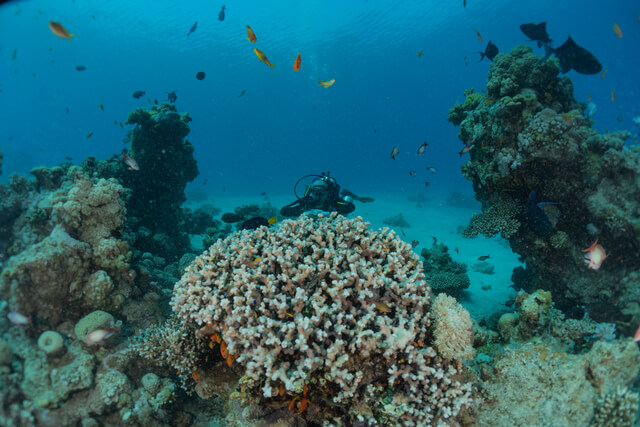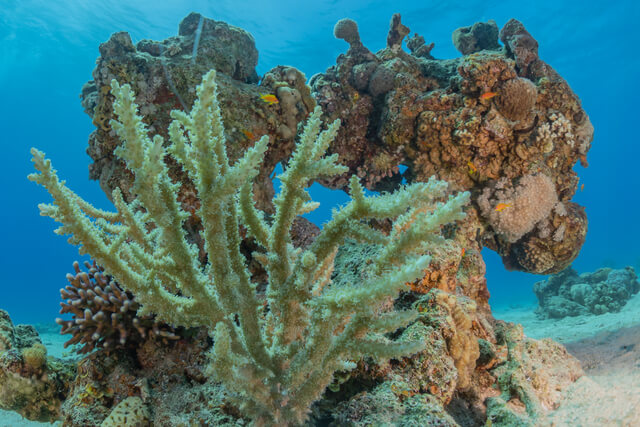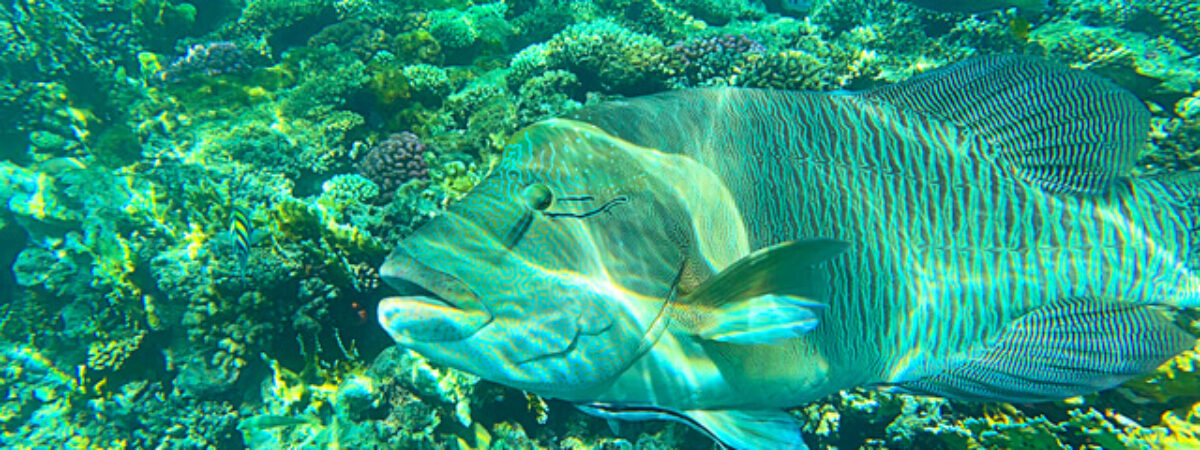Floating aquarium plants are available in a range of shapes. When designers discuss floating plants in the aquariums hobby, we’re not just talking about aquatic plants that physically float on the water’s surface, with sections of the plant protruding above the ground.
This category comprises aquatic plants that are not anchored to the soil and instead float loosely in the aquatic environment. The majority of the species are green, but some, like the Red Root Floater, show a touch of color.
Floating aquarium plants could give your unit an entirely different feel. In reality, they’re the top recommendation for aquarists seeking to upgrade their ecosystem’s overall beauty. Once you see them in reality, you’ll understand why.
The greatest floating aquarium plants provide a genuine and untamed vibe to your aquarium that nothing else can match. Something to do with the illumination and colors they create alters your entire outlook.
Visitors go from looking at the fish in the aquarium to being a naturalist. It really does feel like you've leaped into the ocean halfway across the globe! Click To TweetVisitors go from looking at the fish in the aquarium to being a naturalist. It really does feel like you’ve leaped into the ocean halfway across the globe!
We’ll go over all you really need to know what is important aquatic vegetation for your aquarium in this article. This collection will provide you with all of the resources you’ll need to elevate the tank to another level!
Benefits of Floating Aquarium Plants
The base of most aquariums is sadly concealed by a cover, although there are several significant advantages to having a covering.
Because several freshwater aquarium fish are excellent jumpers and therefore will fall on the floor if placed in a lidless aquarium, you must consider your livestock’s protection.
Floating plants look amazing from every angle, and those that bloom on the surface of the water typically have fantastic root systems that fall down into the water that appear pretty wonderful.
Besides the elegant design that floating plants provide, there seem to be a number of other perks to including them in your aquarium. Once we’re in our selection, it’s important to note these points so that you can figure out which plant is best for you.

Provide Food and Oxygen
In miniature aquariums, such as betta fish tanks, shrimp tanks, and some other micro setups, floating plants are particularly popular. That’s because they’re quite beneficial in maintaining a secure and predictable environment in a freshwater aquarium.
One of the advantages of these aquatic species is that they give oxygen! Plants consume carbon dioxide and release oxygen, which the fish require. Although most floating plants grow rapidly, they can generate a lot of oxygen.
Microbes and other living elements also thrive on root systems and other surfaces. These are a fantastic source of nutrition, especially for shrimp and fry.
Provide Shady Environment
These plants control the amount of light entering the water because they float on the bottom.
If you have a fish that is used to swimming in shaded areas, a floating plant can allow them to feel at ease. This would not only retain their bodily comfort but would also lessen their anxiety levels.
It’s critical to understand how much sunlight your tank’s inhabitants require to survive. Certain of them may like shaded waters, while others may favor well-lit ones. Take it into consideration when determining how much space your floating plant will occupy.

Acts as a protective cover for your Fish
Floating plants have numerous advantages for your fish and invertebrates, in addition to their aesthetic appeal.
Floating plants with a lot of form in the aquatic environment are ideal locations for fish to lay their eggs, as well as for fish fry and newborn shrimp to escape from ravenous mouths.
Floating plants have numerous advantages for your fish and invertebrates, in addition to their aesthetic appeal. Click To TweetSeveral fish species benefit greatly from plants that have foliage that envelop the surface of the water. Beneath the aquatic vegetative cover, fish feel more secure and are less stressed.
This is due to the fact that little fish have a plethora of predators who attack them from above in the environment.
Acts as a Delectable Snack
Fish that spend a lot of time on the top side of the aquarium may enjoy floating vegetation as a nice feast.
Although you do not really need them to eat the entire plant a few bites now and there is always a nice thing.
The majority of omnivore fish are accustomed to obtaining dietary content from the plants in their native surroundings.
They can acquire certain extra vitamins and nutrients from the floating aquarium plants if you’re giving them a pretty conventional diet.
Maintain Nutrient content and control Algae
The majority of floating aquarium plants flourish without establishing roots in the environment. This indicates that they are extremely adept at obtaining all of the minerals they require from the aquatic environment.
This is a big plus considering higher nutritional levels in the water can indeed be dangerous to your animals and lead to a lot of algal blooms!
Good bacteria are able to occupy the plant’s surfaces, which aids in the aquarium cycling mechanism. These microorganisms transform hazardous chemicals in fish waste into nitrates, which are used as feed by plants.
In fact, when plants absorb nitrates, the demand for liquid changes is drastically decreased! Of course, this does not negate the importance of proper aquarium filtration.
Low maintenance
Several of the floating aquarium plants on the collection require very little upkeep and are simple to maintain. This seems to be fantastic since you do not really have to be a master gardener to set them up!
In reality, a large number of them are sturdy and grow quickly. Even if you wished to, killing them would be difficult.
Several of the floating aquarium plants on the collection require very little upkeep and are simple to maintain. This seems to be fantastic since you do not really have to be a master gardener to set them up! Click To TweetThis feature is one of our favorites since it permits you to emphasize fishkeeping rather than plant care. One of the key reasons we always use floating aquarium plants inside our own aquariums is this.
Since you’ve learned more about the benefits and drawbacks of floating aquarium plants, let me present you with a selection of wonderful varieties for your personal aquarium.
5 best Floating Aquarium Plants
Red Root Floater
The Red Root Floater is a fantastic South American floating aquarium plant that thrives in almost any freshwater aquarium and is scientifically known as Phyllanthus fluitans.
When cultivated in low – light conditions, the leaves of this plant are green, but when cultivated in bright light, they acquire a deep crimson. Regardless of what kind of lighting you utilize, these floating plants have amazing crimson roots.
Red Root Floaters are fast-growing plants that will swiftly form on the surface of your fish tank’s water.The name comes from the fact that under the correct conditions, the leaves of this plant can turn almost completely red.
The roots and lower section of the plant usually have a lot of red, but it’s the leaves that make the plant stand out.
The primary thing you have to do to get the foliage to become red is to show them to a lot of light. You may make an array of brilliant red foliage to accompany the aquarium if you already have the suitable bulb.
Limiting its development, on the other hand, is simple. All you have to do here and then is pluck off a few plants. If you really want to add red ones to your aquarium, this is one of the top floating aquarium plants.
Hornwort
Hornwort is a popular aquarium plant that is also very easy to produce and is scientifically called Ceratophyllum demersum. The stem plant is not anchored in the soil and certainly lacks roots.
This will float in the tank, giving little fish and shrimp plenty of shelters. As a result, the Hornwort plant is a favorite choice among growers who develop aquariums without any substrate.
We love the atmosphere this plant creates in a tank. It’s a beautiful deep green tint that really transforms the illumination in your tank.
The foliage that sprouts from the slender stalks has a wispy appearance as well. There’s just something about hornwort that makes it unique from other plants.
Whenever it refers to hornwort, the main thing to keep an eye on is the level of increase. You’ll have to keep a watch on it because you’ll be utilizing it as a floating plant in your fish tank. It can coat the ground and block devices like filtration if you neglect it for too long.
Java Moss
Among the most diverse and beloved aquatic species is Java Moss. Scientifically it is called Vesicularia dubyana. Such low-maintenance plants don’t need any particular illumination or technology to thrive, and they could be used in a variety of ways.
Java Moss, like most floating plants, is excellent for safeguarding eggs and providing a hiding spot for little fry and shrimp against larger fish.
Duckweed
In the tank, duckweed is a tiny floating plant that replicates swiftly. It is scientifically known as Lemna minor. This hardy floating plant excels at eliminating nitrates from the water.
Every plant is dark green and has little dangling roots that float above the water’s surface. For its amazing aesthetics and micro, but rapid growth, aquarists have a love/hate connection with this plant.
Anacharis
Anacharis is among the most popular and straightforward floating aquarium plants to grow. It is scientifically called Egeria densa.
It is suggested as an excellent choice for any starting aquatic plant aquarium. It develops swiftly and can tolerate a wide range of water degrees, making it an ideal choice for a diversity of aquariums.
Conclusion
Floating aquarium plants on the roof of a cultivated aquarium or dangling in the aquatic environment can transform a fish tank that already looks wonderful into something truly outstanding! They also come with a slew of advantages for both fish and other livestock.
That should have been enough to convince someone to consider growing this type of watery plant. So, why not try a different approach in your aquarium now?
You may also like to read
Low-Maintenance Plants – Houseplants that Don’t Easily Die by Negligence






